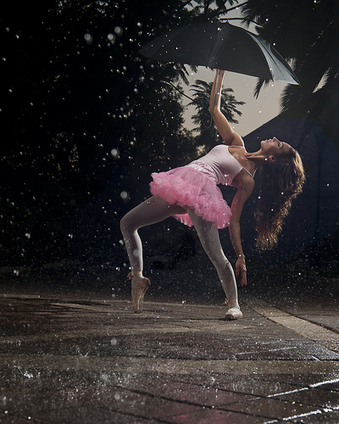Rediscover One of the World’s Most Effective and Underutilized Techniques to Solve Complex Issues
Think of a problem.
Any problem will do. Relationship, work, family, money, health—something you’d like to “solve.” Now for a moment, let’s assume that you’re going to spend the next two hours actually solving it. What do you imagine yourself doing?
As a modern American, my typical thought process is to “hunker down.” I might get out a pen and paper and start writing a list of what needs to be done. I might do some sort of cost/benefit analysis, or start researching. Perhaps I’ll call some trusted friends or coworkers and convene a meeting to discuss the issue.
These are all good ways to work on an issue. They are great to include in any big decision. BUT—as humans we have more burners we can cook on.
Studying the Secrets of Innovation
Author and psychologist Jean Houston often asked people about their problem solving process. But she had access to more diverse populations than the average researcher, working for decades with tribes around the world—in the South Pacific, in Africa, and in North America—and with some of the most innovative thinkers of the 20th century, including Buckminster Fuller and Margaret Mead.
And many of these people and groups shared a unique way of dealing with their toughest challenges. They called upon something that the Western world rarely trusts.
The Power of the Non-Rational Mind
Dr. Houston once saw an African village with a serious sanitation problem. They called the community together to solve the problem, dancing and singing all night. The next morning, they had a solution.
They did not seem to use the rational thought process at all. And Dr. Houston has seen this work time and time again, from community groups, to visionary scientists who imagine reactions in their daydreams and mathematicians who hum and shake to get the right answer.
Transcend and Include
This is not to say that rational problem solving should be forgotten; that would be making the same mistake. The rational mode is often the appropriate response, especially to problems that are easy to solve and require little creativity. And once you come up with a creative solution you are likely to engage the rational capacity again to make it a reality.
But let us call a spade a spade: humans are much more than a logical brain, and when we limit ourselves to rational processes we peak far below our fullest potential. We are missing out on an incredible intelligence that lies just below our conscious mind.
If the problem is important to us, it is likely that we are unconsciously working it throughout our day anyway. We are stressed or excited. We dream about it, whether we like it or not. It comes up in our conversations. Adding non-rational means of problem solving to your repertoire—like art, song, dance, movement, imagination, acting, writing—is a way to access the unconscious creativity already working inside of us.
Putting Your Creativity To Use For the Greater Good
Many of the biggest challenges facing us today call for greater complexity and require us to step into the unknown. The more we practice harnessing all of our intelligence, and not just the mental-rational processes, the greater chance we have of addressing these in a way that serves the larger evolutionary process unfolding in the world.
So think back to your original problem. Do not worry about trying to figure it out just yet. Instead, sink deeper into it. Put on some music, get up, and let your body move you. Or use your voice. Or whatever creative capacity you draw upon. Perhaps you get out some crayons or markers or paint. Perhaps you go to the garage and start working with wood. The important thing is to let yourself get lost in the creative expression while maintaining the intention of working the problem.
If you find it difficult to let the rational mind cease, let yourself ruminate on the whole problem. Explore the feelings that arise, and let yourself express them through your dance. Let yourself imagine what it will feel like to have the issue resolved, and express those feelings. And try not to worry if you do not find an answer right away.
From Fragmentation to Integration
One final note: because this is a natural human capacity, it is likely that you already do this to some extent for some problems, particularly for emotional and romantic relational issues. You listen to music that touches you, write poetry to express what cannot be said in prose, or just want to go out and dance. The trick is to notice where you already trust these skills and transfer them to work, politics, social issues, etc., and integrate them.

